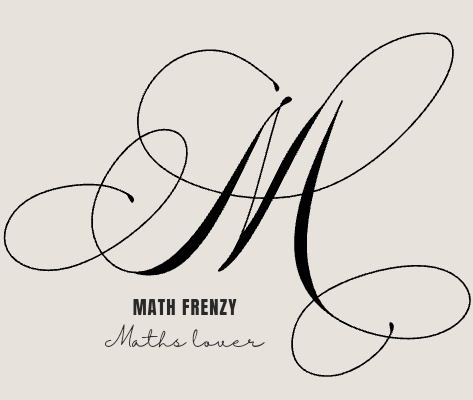
History of geometry
Geometry is one of the ancient branches of mathematics. Geometry is made up of two words of the Greek language.The word is derived from the Greek words geo (“earth”) and metron (“measurement”). The meaning of the word geometry “Measuring the Earth.”Euclid is known as the father of geometry.Let us know its history.
Ancient Egypt and Mesopotamia (3000 BCE – 2000 BCE):
The earliest known use of geometry dates back to ancient Egypt and Mesopotamia. Egyptians used geometry for building pyramids, dividing land and constructing irrigation systems. The ancient Babylonians also developed techniques for measuring areas and angles, laying the foundation for future geometric theories.
Greek Geometry (600 BCE – 300 CE):
The Greeks advanced geometry, making it a formalized branch of mathematics. Thales and Pythagoras were among the early contributors but Euclid of Alexandria is considered the “Father of Geometry”. His work “Elements” (circa 300 BCE) systematically compiled geometric principles, presenting postulates and proofs that remained the standard for centuries.
Islamic and Indian Contributions (500 CE – 1500 CE):
Islamic scholars translated Greek works and added their own insights, especially in spherical geometry and algebraic geometry. In India, mathematicians like Aryabhata and Brahmagupta contributed by advancing trigonometry which is closely related to geometry.
Renaissance and Modern Geometry (16th – 19th century):
The Renaissance saw a renewed interest in mathematics and geometry. René Descartes introduced analytic geometry, linking algebra with geometric shapes through the Cartesian coordinate system. This was a turning point in geometry as it allowed geometric problems to be solved algebraically.In the 19th century the discovery of non-Euclidean geometries by mathematicians like Gauss, Bolyai and Lobachevsky expanded the scope of geometry beyond the classical Euclidean system. This laid the foundation for many modern branches of mathematics and physics including Einstein’s theory of relativity.
Importance of geometry today

In modern times geometry is more important than ever, it influences many fields:
Architecture and Engineering:
Geometry is essential in designing buildings, bridges and other structures. Architects use geometric principles to create beautiful designs that are structurally sound. In engineering, geometric principles help in building roads, tunnels.
Technology and Computer Graphics:
Geometry is the backbone of computer graphics, 3D modeling and animations. Programs that generate visual effects in movies, video games and simulations rely on geometric algorithms.
Robotics and Artificial Intelligence:
In robotics, geometry helps in navigation, motion planning and object recognition. AI systems use geometry for image recognition and machine vision, interacting with the environment.
Astronomy and Space Exploration:
Astronomers use geometric principles to map the stars, understand celestial motions. Space exploration relies heavily on geometry for trajectory plotting, landing spacecraft and deploying satellites.
Medical Imaging and Optics:
Geometrical concepts play medical imaging technologies like CT scans, MRIs and X-rays which depend on geometry to create 3D images of the human body. Similarly optics which involves the study of light paths and lenses is grounded in geometric principles.
Urban Planning and Geographic Information Systems (GIS):
Urban planners use geometry to design cities, plan transportation systems and manage land use. Geographic Information Systems (GIS) on geometric algorithms to analyze spatial data and help in environmental conservation, disaster management.
Physics and Space-Time Geometry:
physics especially general relativity relies on non-Euclidean geometry. Space-time geometry explains the curvature of the universe, black holes and gravitational waves.
Geometry has come a long way from its practical applications to a abstract field that affects modern science, technology and our daily lives.



